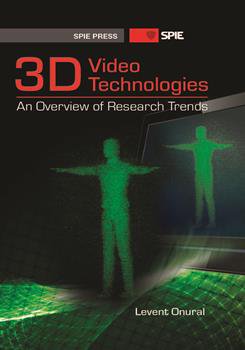|
There is no doubt that in the future the Internet will be more densely integrated at the infrastructure level, and thus, be an integral extension of our physical lives and environment. Such an extension will affect all aspects of individual and social lifestyles. Many expert studies have been conducted to predict those effects and the subsequent changes. The scope of this book is not quite so broad; instead, it will focus on a particular technology - 3D media - and its interaction with the Internet. Among the various novel modalities of content delivery via the Internet, 3D video is expected to be the choice for visual communications. The future Internet will bring a new user experience by delivering rich media in 3D, and in turn, 3D technologies will be influenced by developments in such an infrastructure. The general public is well aware of the ultimate goal of 3D video: ghostlike, moving 3D images have already been depicted in many science fiction films. The ultimate goal in visual recording and communications is to create an exact (except perhaps in size) optical replica of a 3D environment with 3D objects in it at another time or another place. Optical receivers, including our eyes and cameras, sense the light they receive. In other words, we "see" only the light that enters through our pupils. Consider two optical environments: one of them is the original illuminated 3D environment. The light, which is generated by artificial light sources, falls onto the objects and reflects off of them. This reflected light carries the information about the geometry and optical properties of the environment and fills the 3D space. |
|
|


